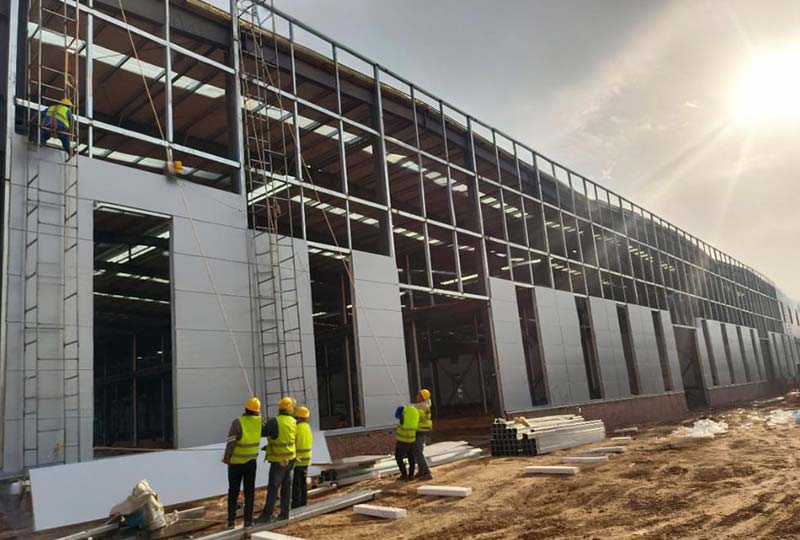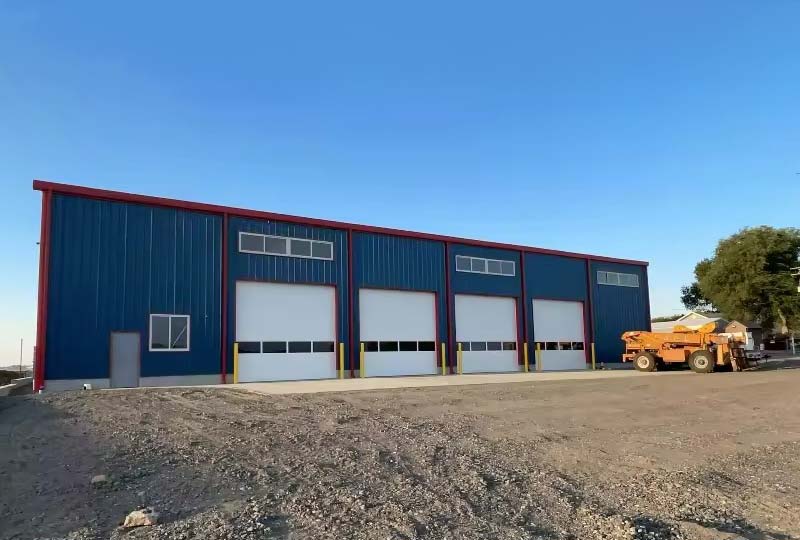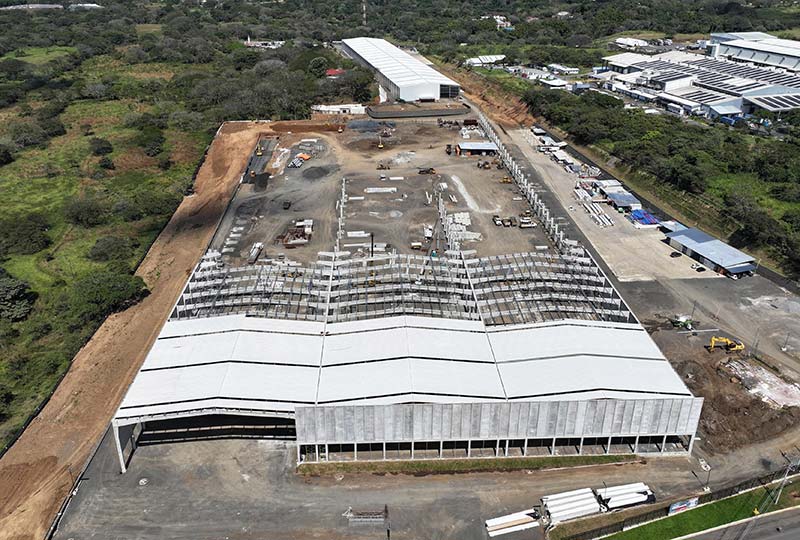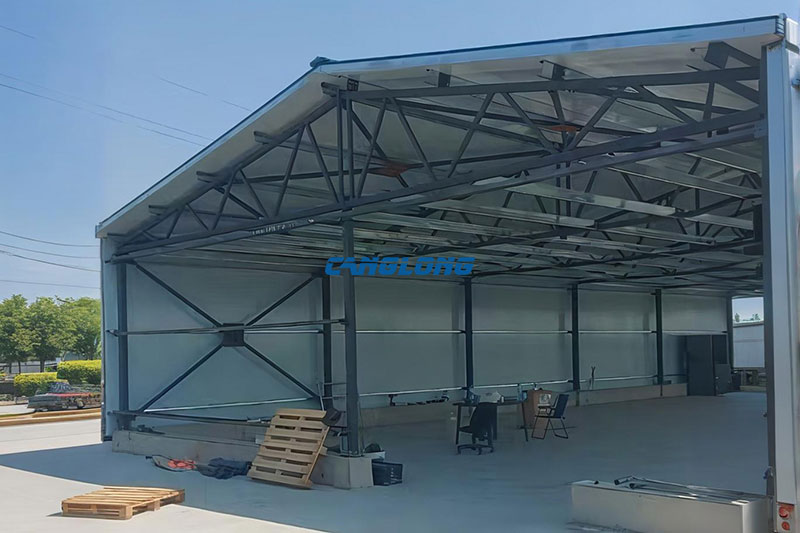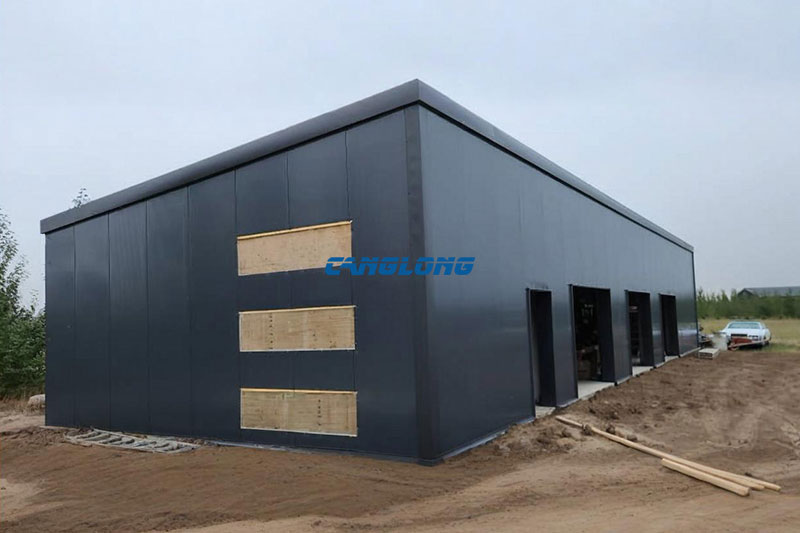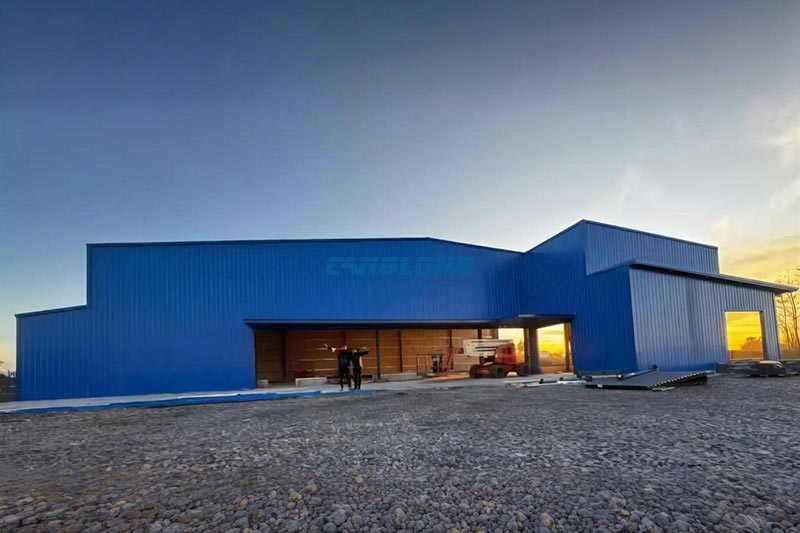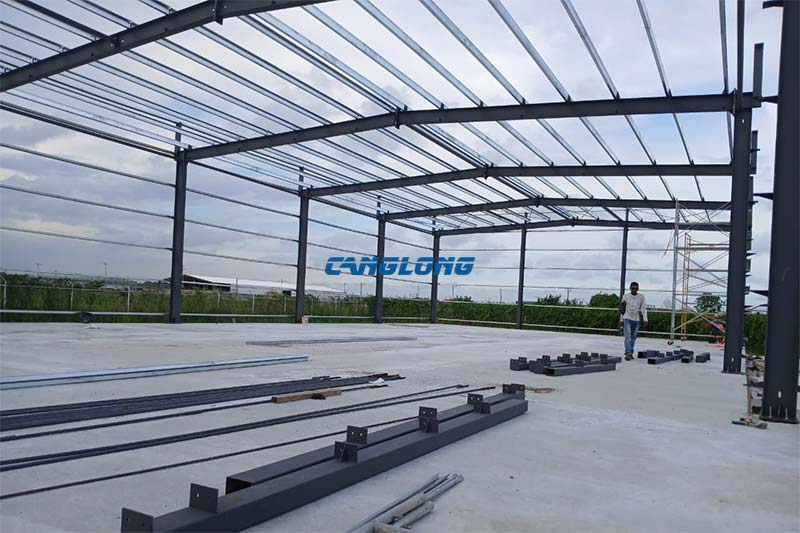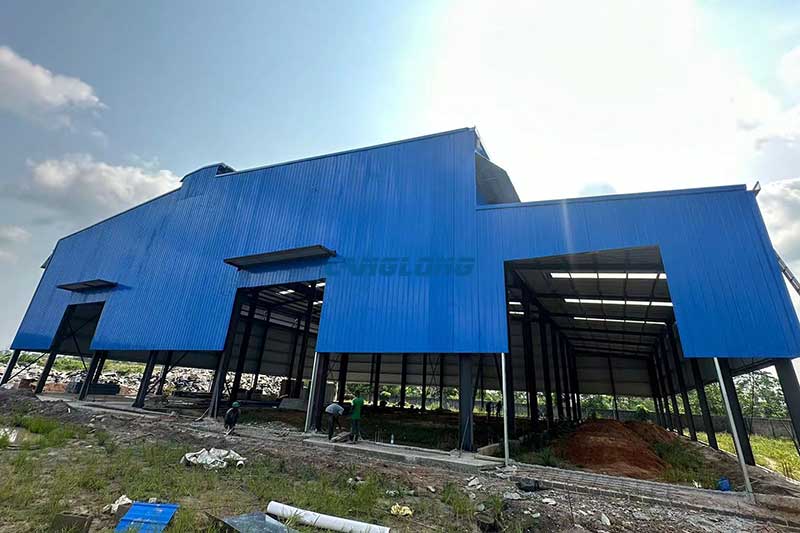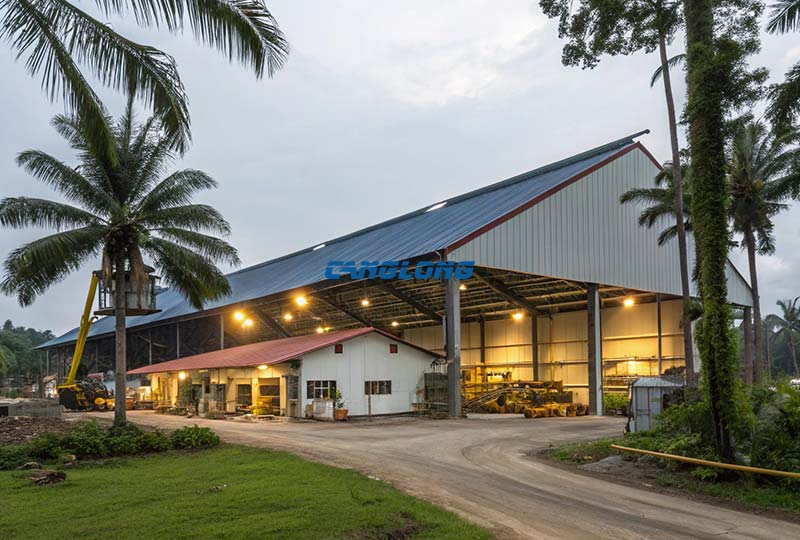
 2025-08-09
2025-08-09

The role of prefabricated metal buildings in disaster resistance
Today, with the intensification of climate change and frequent occurrence of extreme disasters, users have put forward higher requirements for the disaster resilience of industrial and civil buildings. Traditional architecture often suffers heavy losses in disasters such as earthquakes, hurricanes, and floods due to its long construction period, high material brittleness, and difficult repair. Prefabricated metal buildings (PMB) are becoming a new benchmark for global disaster resistant infrastructure due to their modular production, rapid assembly, and strong materials. This article will start from disaster scenarios, analyze their core advantages, and combine with the technical practice of Canglong Group to provide reliable choices for global users.
1. Four major disaster resistance advantages of prefabricated metal buildings
The disaster resistance capability of prefabricated metal buildings comes from the full chain design logic of their materials, structures, and construction, which can respond to major types of disasters worldwide in a targeted manner.
Earthquake resistance: In earthquakes, the main cause of building damage is collapse due to resonance between structural stiffness and seismic wave frequency. Prefabricated metal buildings adopt light steel structures and flexible node designs. The steel components themselves have 20 times the ductility of concrete and can absorb seismic energy. The nodes are connected by bolts or rivets, allowing the structure to deform slightly during vibration, with a displacement angle of up to 1/50 arc, avoiding fracture. In the 2022 Chile earthquake with a magnitude of 7.7, the metal factory building designed by Canglong Group only had partial color plate detachment and zero damage to the main structure, while the collapse rate of the surrounding concrete warehouse reached 40%.
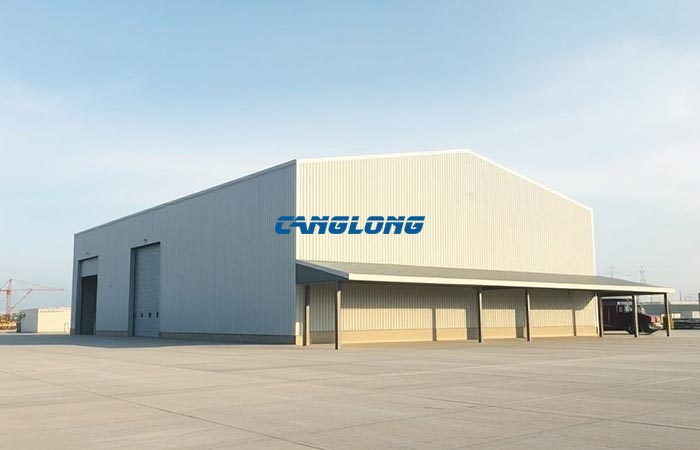
Hurricane resistance: Strong winds (such as hurricanes and typhoons) mainly cause damage to buildings, such as roof overturning and structural instability. Prefabricated metal buildings enhance wind resistance through three points:
① The main frame adopts hot-dip galvanized steel truss (galvanized layer ≥ 85 μ m), with a wind resistance of UL 580 Class 150, which can withstand a wind pressure of 150psf, equivalent to a level 17 typhoon.
② The roof adopts a bite type and screw double fixing design to prevent the color steel plate from being lifted by the wind.
③ The overall stiffness is optimized through computer simulation to ensure no structural displacement at a wind speed of 50m/s. During Typhoon Dujuan in the Philippines in 2023, the steel structure factory building constructed by Canglong Group for the local food factory withstood the test of 17 level gusts, becoming one of the few intact industrial facilities in the region.
Flood resistance: Soaking in floodwaters can lead to the decay of building materials and structural instability. The core material of prefabricated metal buildings is naturally corrosion-resistant. The hot-dip galvanized layer can isolate 99% of moisture and oxygen. Weathering steel (including copper and chromium alloys) forms a dense oxide film in humid environments, and its corrosion resistance is 8-10 times that of ordinary steel. Canglong Group has also launched a fully sealed node design, which blocks flood infiltration through rubber gaskets and waterproof rubber strips. Its Johor state flood prone project in Malaysia (flooded to a depth of 1.2 meters in 2022) has been tested and found to have only slight surface oxidation of steel components, which can be directly reused after repair.
Fire resistance: Industrial building fires (such as chemical leaks and electrical short circuits) often result in increased losses due to structural failure. Prefabricated metal buildings respond with dual protection:
① Apply fire-resistant coating (thickness 5-30mm, fire resistance limit 1-3 hours) on the surface of the components to delay the heating of the steel. The strength of steel decreases by 50% at 500 ℃, and fireproof coating can delay its critical temperature to above 600 ℃.
② Adopting modular partition design, damaged modules can be quickly isolated in case of fire to prevent the spread of fire. The metal structure factory customized by Canglong Group for Middle Eastern petrochemical enterprises has successfully controlled a single area fire within 2 hours without affecting other production modules.
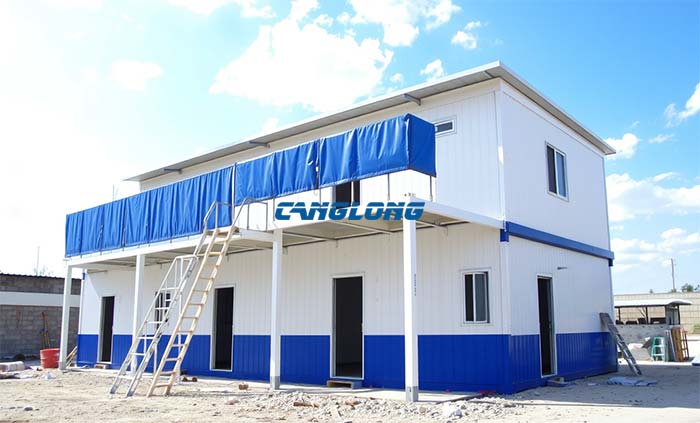
2. Advantages of Canglong Group
Against the backdrop of a surge in global demand for disaster resistant infrastructure, Canglong Group has become the preferred partner in the international market with its three core capabilities of technical certification, case verification, and localized services.
Technical certification covers the world: Canglong Group has obtained 12 international certifications, including AISC in the United States, EN in Europe, and building codes in Southeast Asian countries (such as PS standards in the Philippines and SNI in Indonesia). Its disaster resistant design capabilities have been recommended by FEMA and the United Nations Disaster Reduction Programme (UNDP).
Practical case verification of resilience: The group’s participation in projects such as post earthquake reconstruction in Chile (2022), typhoon emergency resettlement housing in the Philippines (2023), and industrial plants in flood prone areas in Malaysia (2022) have all achieved the goal of rapid post disaster recovery. Among them, the Chilean project has been listed as a demonstration project for disaster resistant buildings by the local government.
Quick response: Canglong Group provides customized design and post disaster emergency support services throughout the entire process. For example, in response to the high temperature and humidity environment in Southeast Asia, the R&D team optimized the hot-dip galvanizing process (increasing the thickness of the zinc layer to 120 μ m). For hurricane prone areas in North America, adjustable roof profiles have been developed that can be dynamically reinforced according to wind speed.
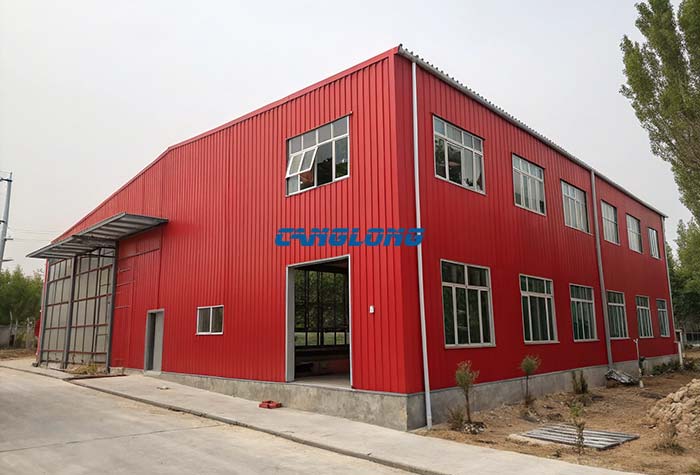
Choosing prefabricated metal buildings means choosing a resilient future
Against the backdrop of continuously rising global disaster risks, prefabricated metal buildings have shifted from optional options to mandatory configurations. Canglong Group, with its technological innovation, global certification, and practical experience, can not only provide customers with disaster resistant buildings that meet international standards, but also respond quickly to emergency needs after disasters. For users, choosing Canglong Group means choosing a resilient fortress that can withstand earthquakes, hurricanes, floods, and fires, and laying a solid foundation for future sustainable development.
As a well-known steel structure construction supplier in China, Canglong Group has 20 years of industry experience and provides one-stop steel structure solutions from design to installation. We have a factory of 100000 square meters, and all our products have been certified by ISO and CE, and are sold to over 80 countries and regions worldwide.
Related Posts
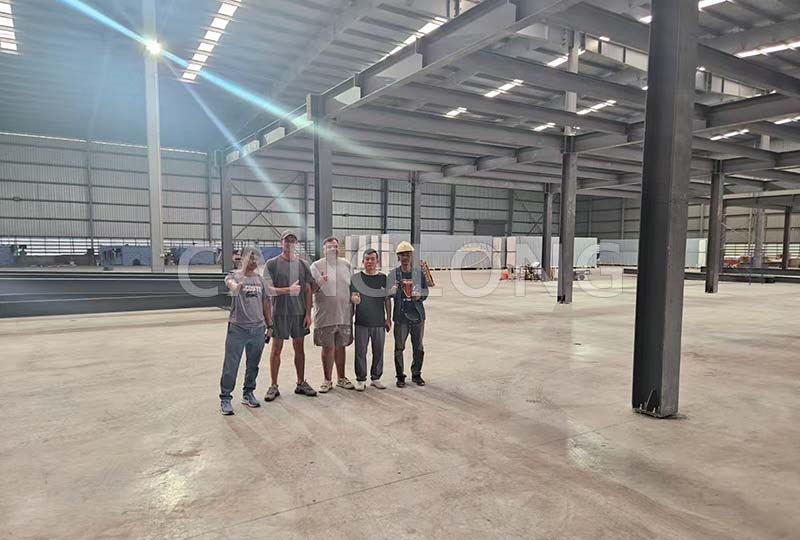
 November 5, 2025
November 5, 2025
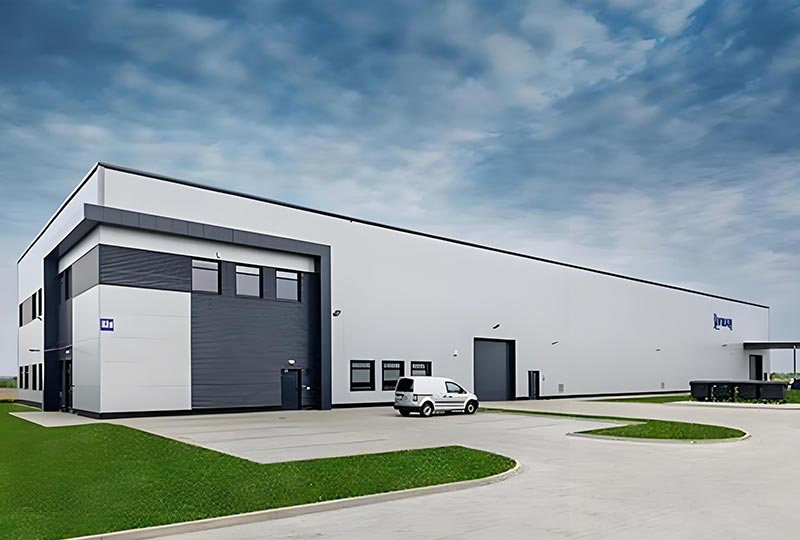
 September 15, 2025
September 15, 2025
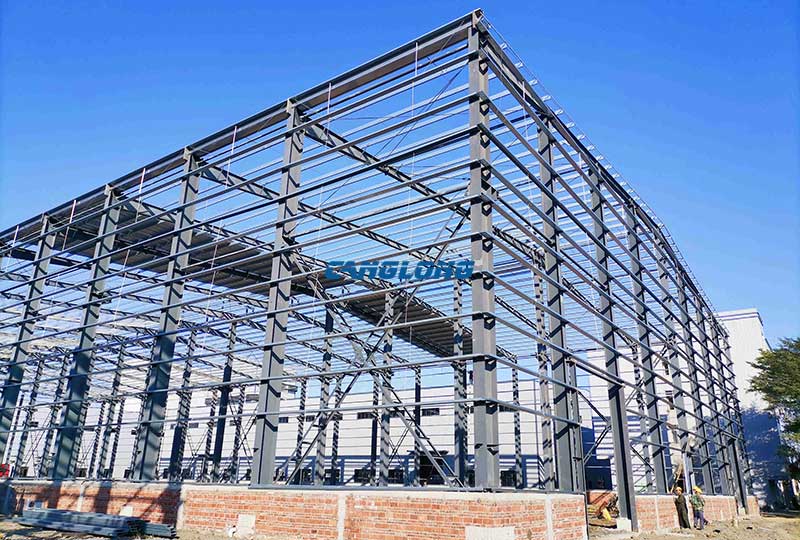
 August 13, 2025
August 13, 2025
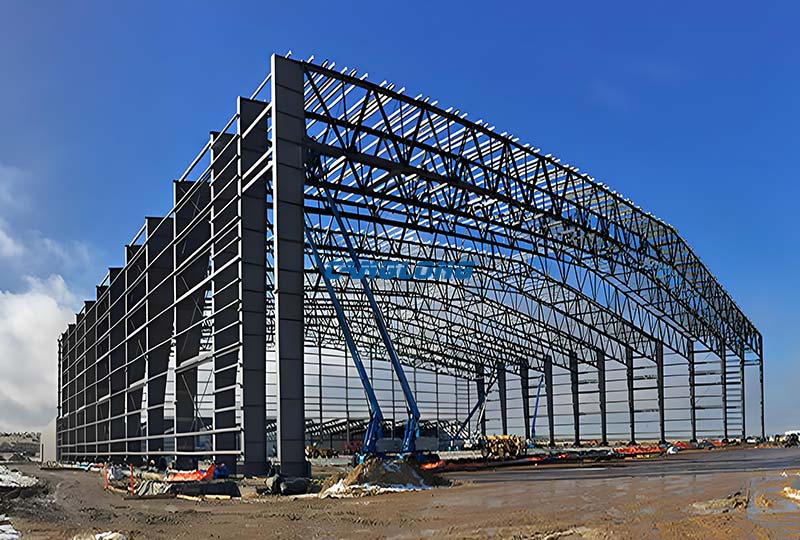
 September 3, 2025
September 3, 2025
Leave a Message
Your email address will not be published. Required fields are marked *

